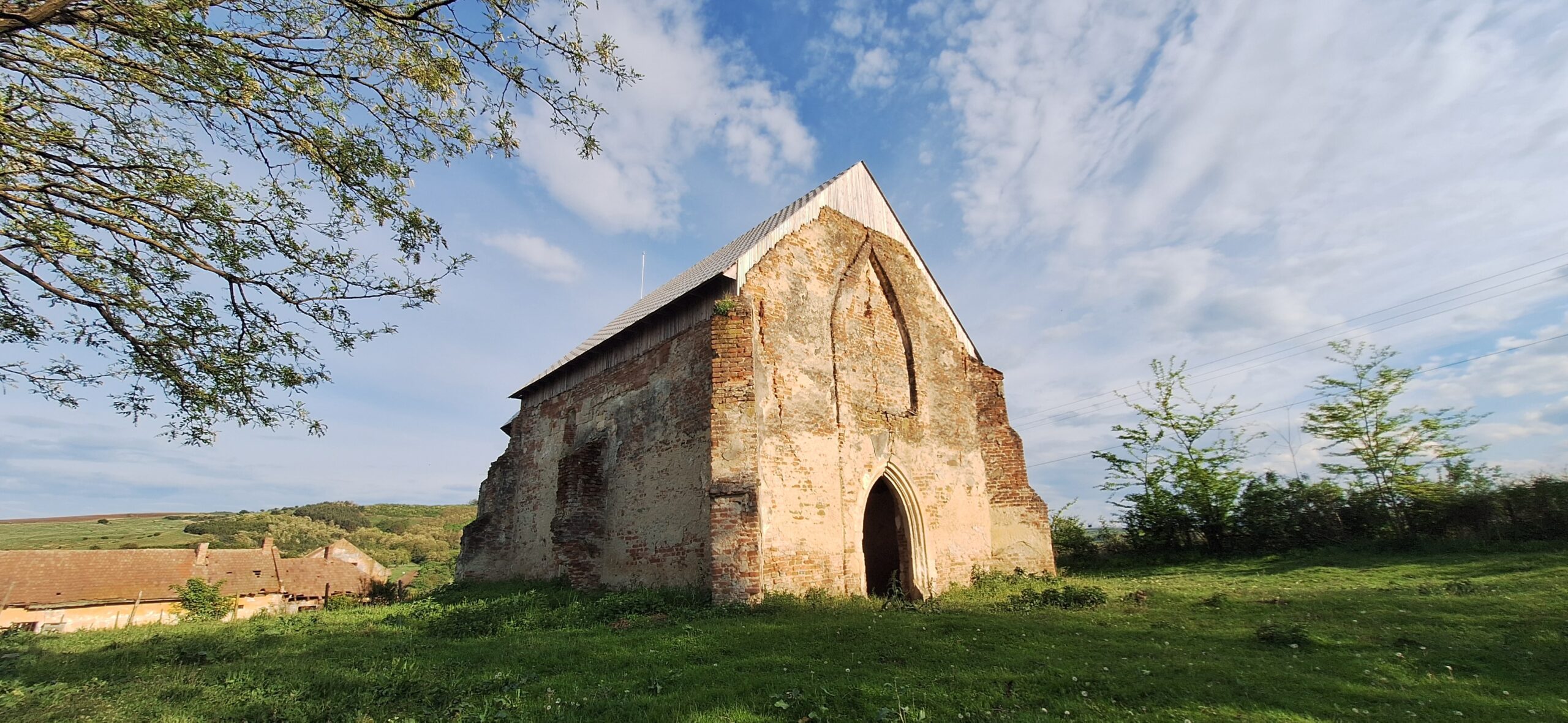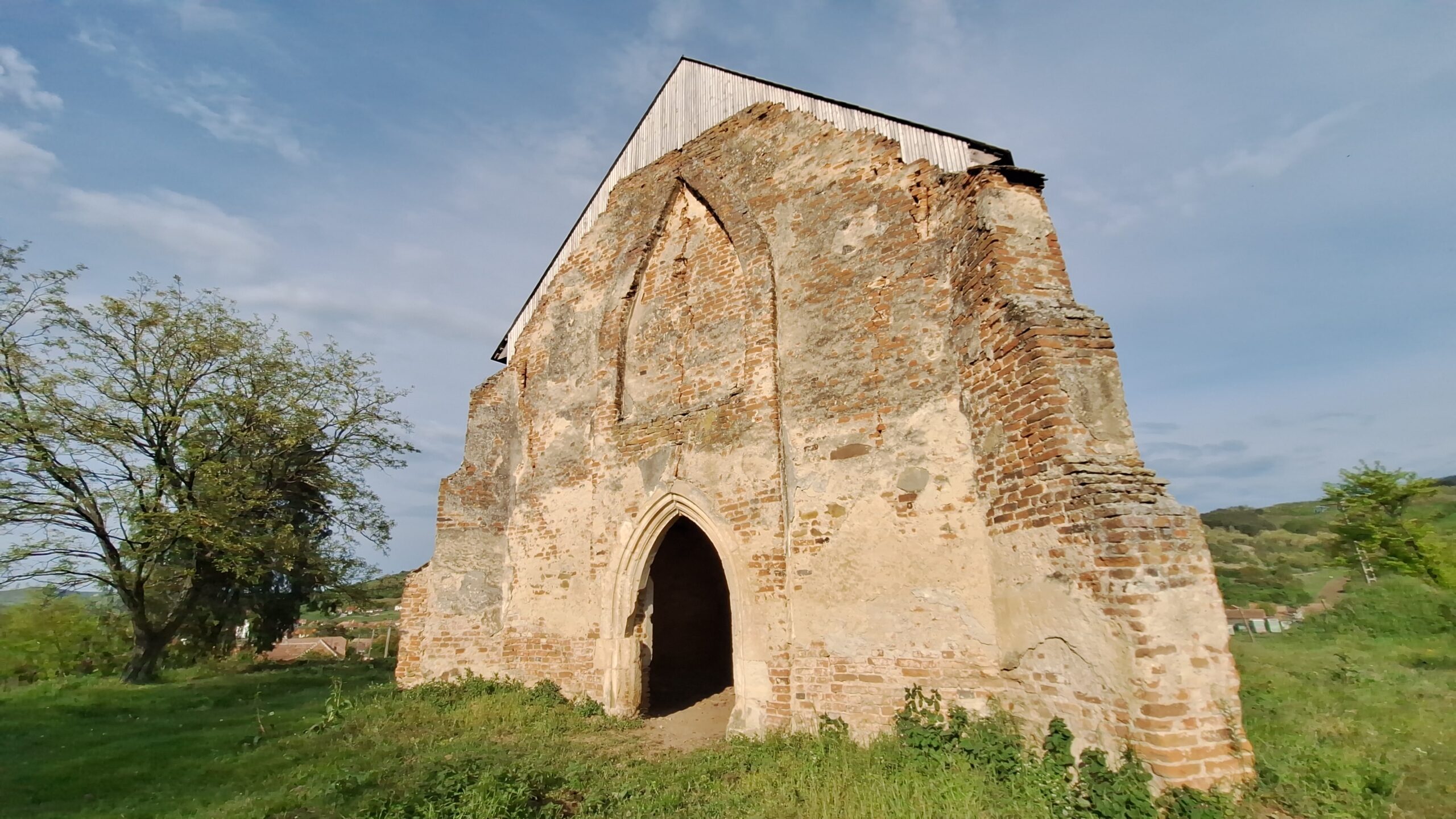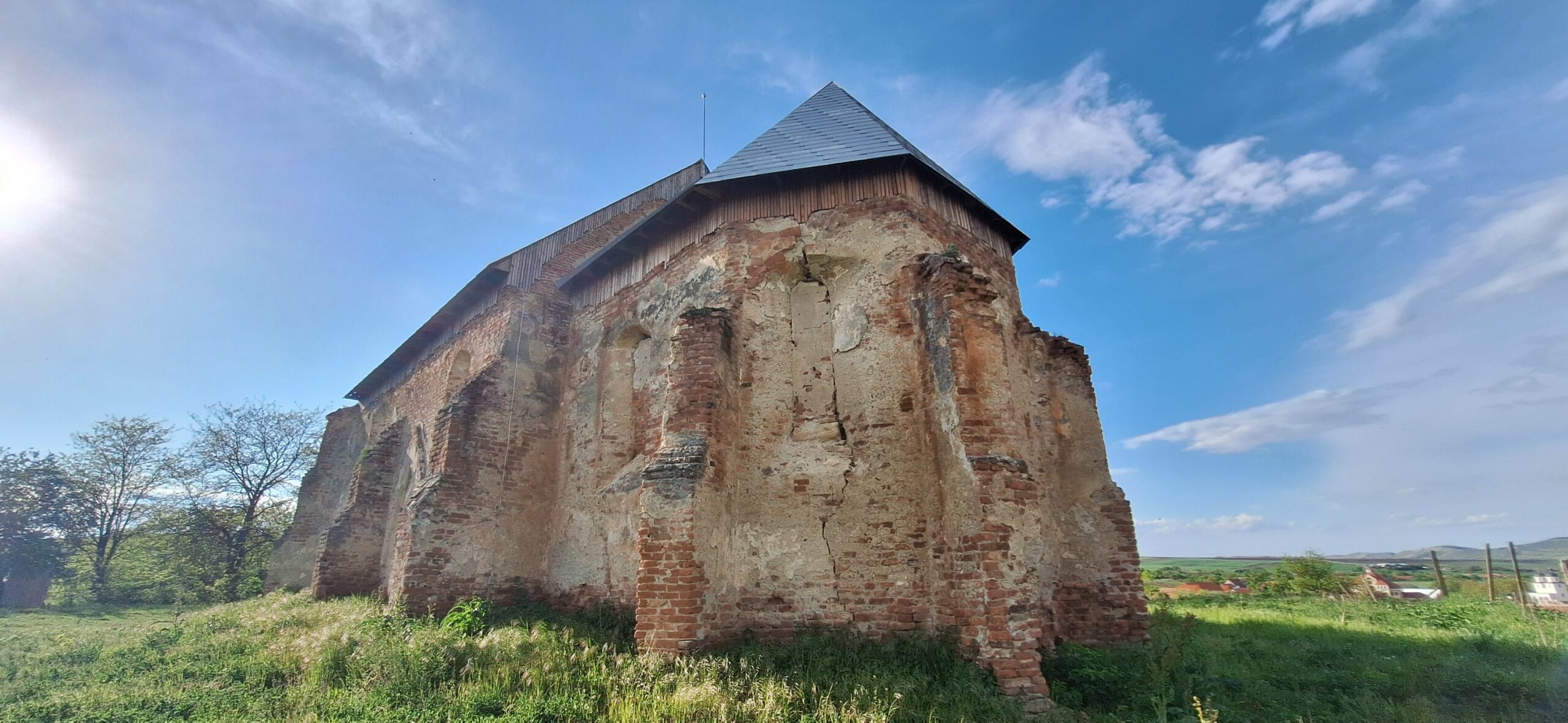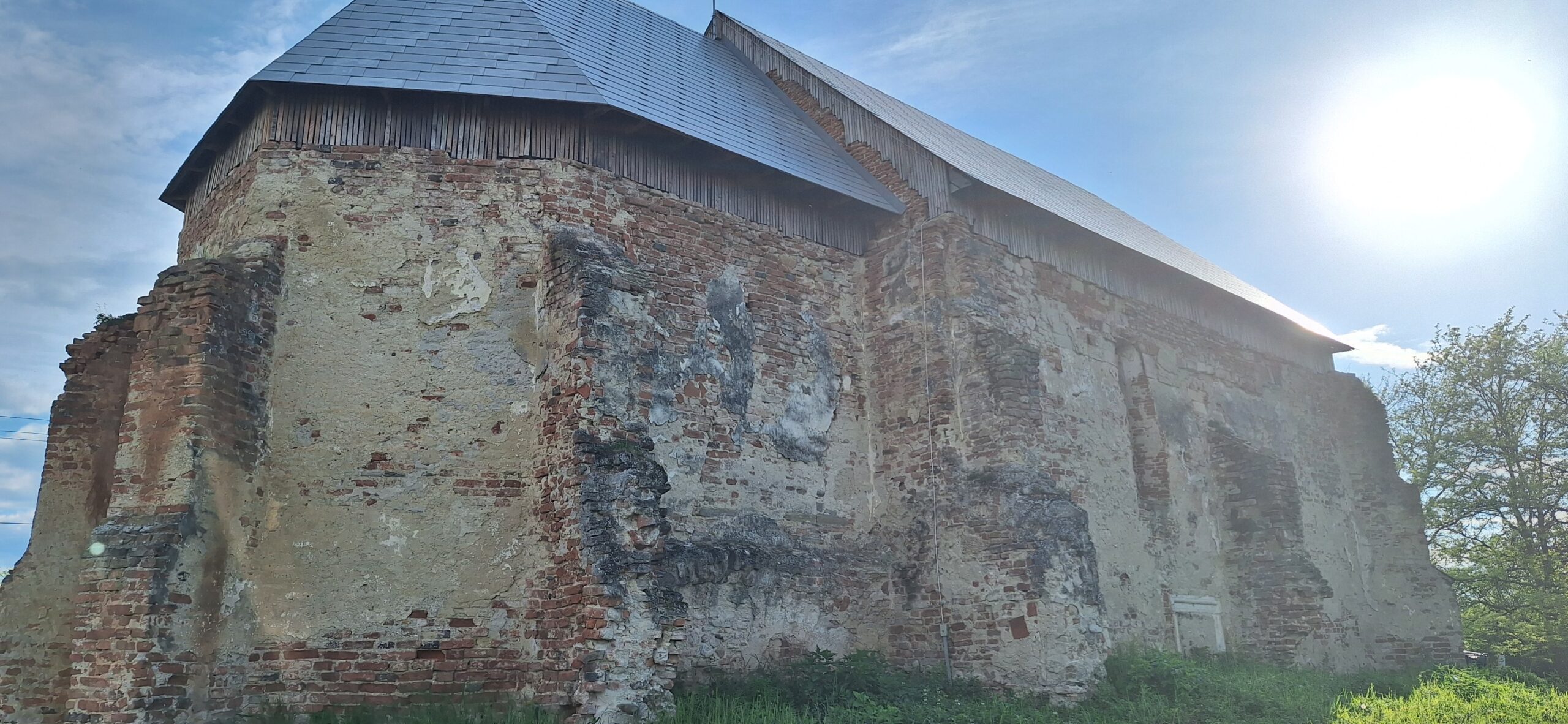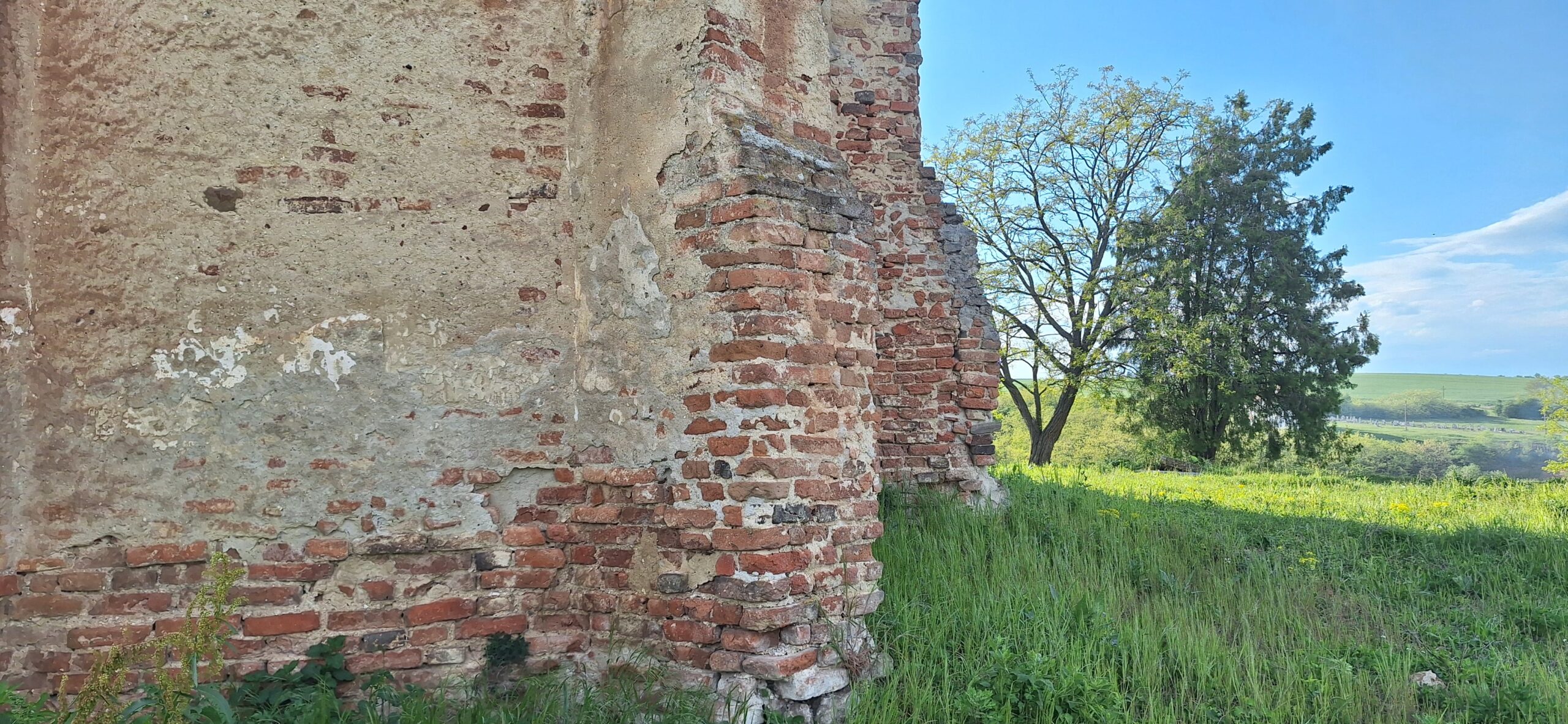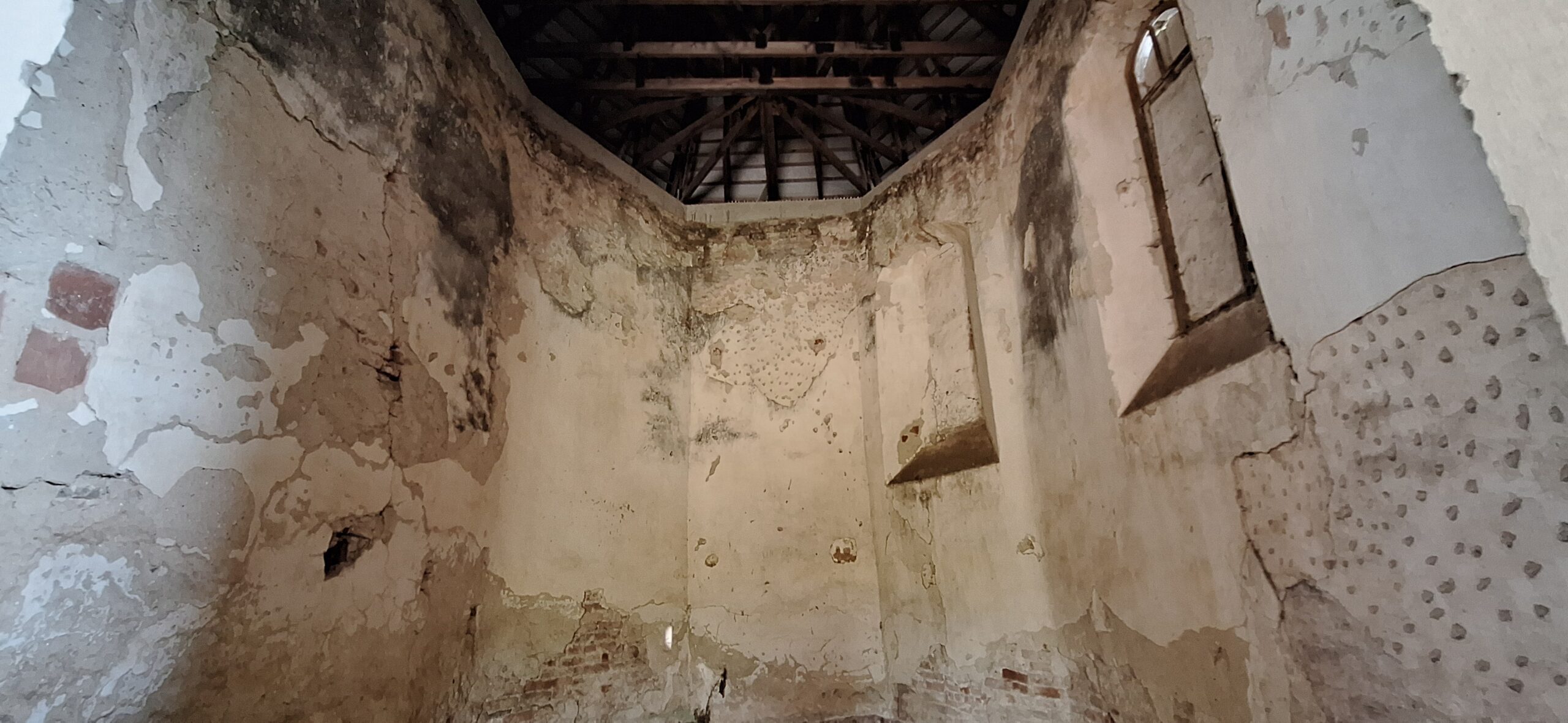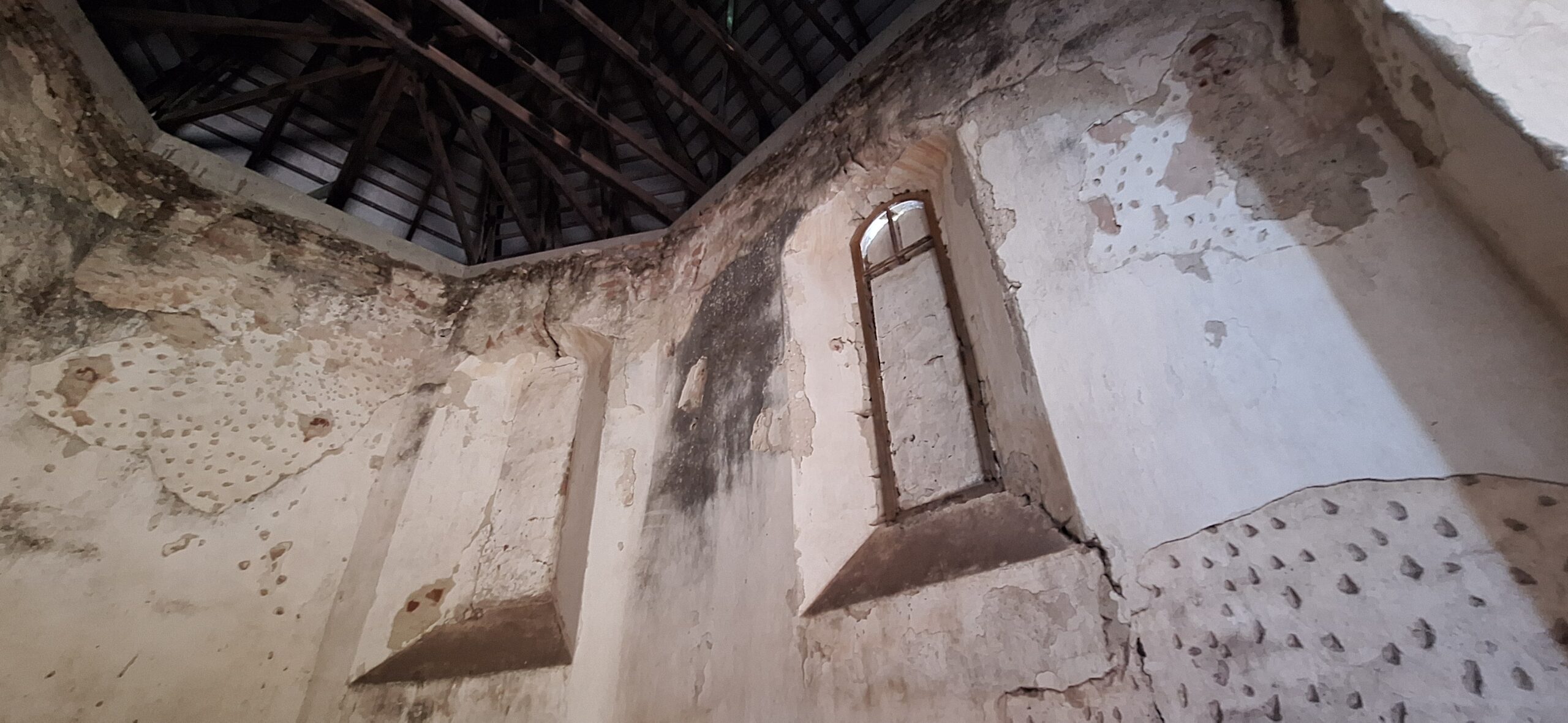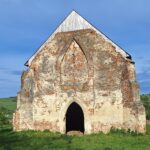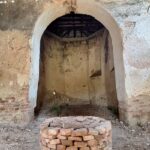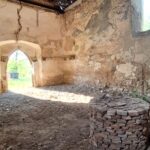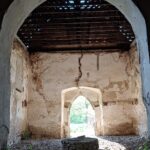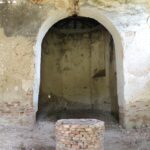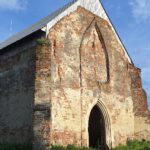Păuca (Pókafalva, Törnen) – Sibiu County
With evidence of habitation dating back to the Neolithic era, the village of Păuca in Sibiu County today preserves the remains of a former Pauline monastery, built in the first part of the 15th century. Later taken over by the Reformed Church, all that remains of the old monastery in Țara Secașelor are the walls of the ruined church, protected by a newly installed roof.
The Pauline monastery in Păuca, repeatedly vandalized by the Turks
A descendant of the Kereki family from Păuca and originally from Dobârca, the prelate László from Sibiu was the one who founded the Pauline monastery in Păuca (1416). A document issued by Pope Martin V reveals that the monastery was consecrated in honor of the Virgin Mary (1418). Following repeated Turkish attacks (1432, 1442), the monastery was abandoned by the Pauline monks, and it was in an advanced state of decay by 1448. It seems that the monks sold the monastery’s belongings, from kitchen utensils and vestments to bells. They never returned, the monastery being empty even at the end of the 15th century.
After a first failed attempt by deputy voivode Miklós Vízaknai (1448), Boldizsár Kereki of Pókafalva and his brother, as patrons, requested the repopulation of the monastery with Observant Franciscans, while Pope Alexander VI granted the permission (1496). Following new Turkish attacks (1533), the Franciscans left the monastery. Although they returned after two decades, the estate was shortly after donated by the Hungarian king John Sigismund to István Kemény and Miklós Balázs (1560). The monastery was disbanded, and the church was handed over to Calvinist parishioners, the Renaissance door frame suggesting that the building was renovated in the 16th century.
The former Reformed church in Păuca, temporarily saved by a brand-new roof
At the beginning of the 20th century, there was still a Reformed parish in Păuca. With the gradual disappearance of the Hungarian ethnics from the village, once a multi-ethnic and multi-confessional settlement, the church fell into ruin. A stone’s throw from the „Hungarian Church” is another medieval place of worship, inherited by the Evangelical-Lutheran Saxons. Built in Romanesque style in the 13th century and initially having two towers on the western side, this church was modified in Gothic style in the 16th century. After the devastating storm of August 6, 1910, the roof was extended, and the tower was not rebuilt, but the church remains in very good condition today.
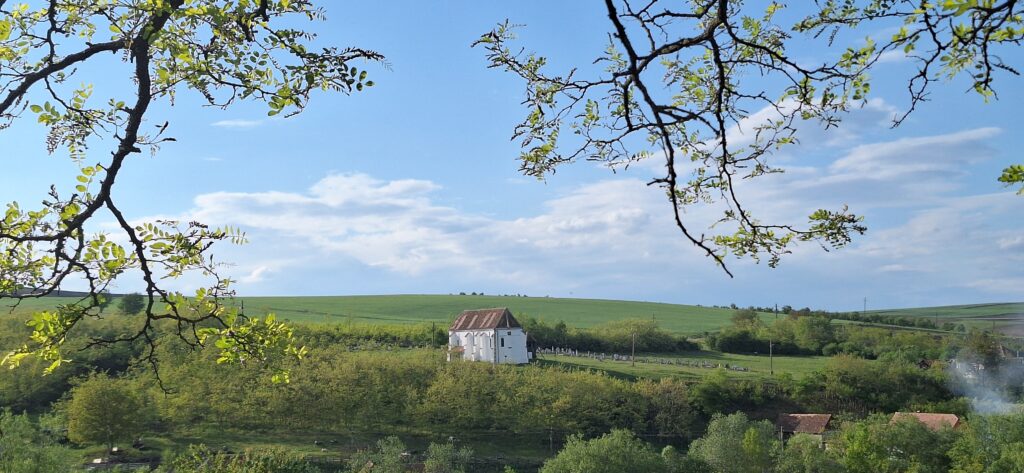
On the other hand, the roofless Reformed church was cleaned in 2010 at the initiative of József Ötvös and András Gudor. In the same year, archaeological research began to unravel the history of the church. During the excavations, several funerary urns were discovered, indicating the existence of a cremation necropolis dating back to the 8th-9th centuries. Finally, following the efforts of the Teleki László Foundation, a new roof was recently built to protect the church from further destruction (2023), as part of the Rómer Flóris Plan initiated by the Hungarian government.
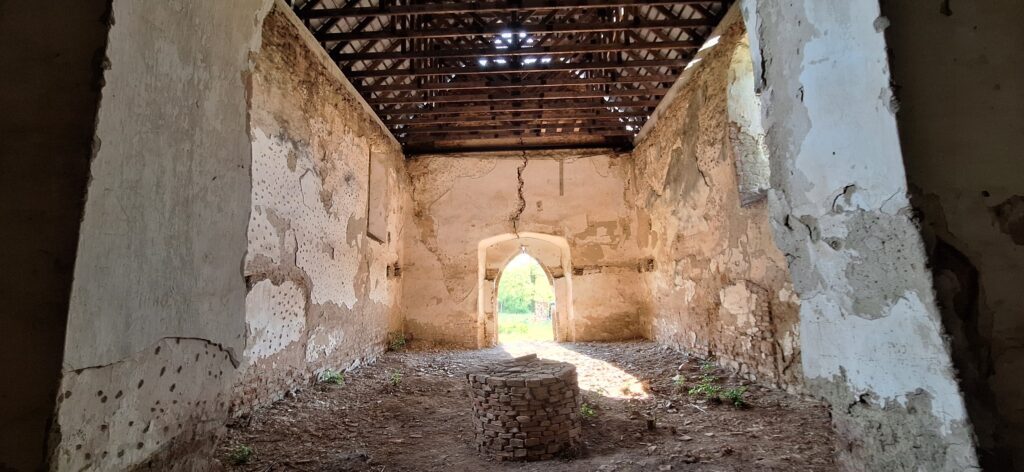
Even though the new roof is a breath of fresh air for the former Reformed church in Păuca, still fully accessible to visitors, the tourist potential remains unexploited. Although it is a village whose economy is based on agriculture and animal husbandry, the rich history could recalibrate tourists’ interest in this area to the benefit of the local community.

